In the second of our articles to mark Creationtide (1 September–4 October), priest and environmentalist Margot Hodson offers a biblical reflection on issues around climate change.
2 October 2022
A double tragedy
There is no official category for an environmental refugee. If you are washed out of your farm through a devastating flood that destroys everything; if an impossible drought means you have to either migrate or die of starvation; if the rising sea level makes your land infertile through saltwater intrusion – you will be forced to leave your home but will not be a refugee. You will simply be classified as an economic migrant.
Your most likely destination will be a makeshift shelter on the edge of the nearest city. Migration expert Allan Findlay predicts that within-country migration is, and will be, the most common response for environmental refugees.* Migration is rarely straightforward: you might come up against cultural or religious differences that lead to discrimination or conflict; or conflict might also arise from the sheer numbers forced to migrate and the tensions created by overcrowding. At that point you may find yourself seeking to make a bigger and far more perilous move to another country.
A study of migrants in Italy found that a high proportion of their journeys had begun with a climate-change-related disaster – usually drought. Then, encountering conflict after an initial move was a typical reason behind the decision to migrate further.
‘A study of migrants in Italy found that a high proportion of their journeys had begun with a climate-change-related disaster.’
So a double tragedy had shattered the lives of many of those who were now at the bottom of society – or even outside society – victims of prejudice, and extremely vulnerable to exploitation.
The story of Naomi and Ruth
Elimelek, Naomi, Mahlon and Kilion were environmental migrants. Faced with famine, they took the decision to migrate to Moab. The sons married local women, but tragedy followed the family and after ten years, father and sons had died, leaving Naomi with her daughters-in-law, Orpah and Ruth, and facing destitution.
With news of better times in Judah, Naomi decided to return to her homeland, and Ruth took the brave and moving decision to go with her back to Bethlehem. Both women had become migrants and together they walked that familiar path of poverty.
Their vulnerability at this point cannot be over emphasised. Their story could have ended in exploitation, poverty and servitude but, as we know, there was a happy ending. They returned to a society that had an understanding of justice, characterised by compassion, and there was a person of compassion who was able to help them within the particular structures of that society.
‘Naomi and Ruth’s vulnerability cannot be over-emphasised. Their story could have ended in exploitation, poverty and servitude.’
Ruth was aware of the gleaning laws in scripture, created to protect the poor, and Naomi knew her rights. Her husband had owned land in the Bethlehem region, which she now had a right to claim – but she needed a male relative in order to do so. Step forward Boaz, who acted for Naomi and treated both women with dignity. He respected Ruth’s support of her mother-in-law and showed compassion and generosity when he found her gleaning in his fields.
Gleaning was an ancient right. It says in Leviticus:
‘When you reap the harvest of your land, do not reap to the very edges of your field or gather the gleanings of your harvest. Do not go over your vineyard a second time or pick up the grapes that have fallen. Leave them for the poor and the foreigner. I am the Lord your God.’
Leviticus 19:9–10 (NIV)
It is one thing having a stipulation in the law to provide for those in need; it’s another thing for those in power to respect that stipulation and allow for it. Boaz upheld the rights of the poor and went further to give more than the bare minimum. In all his encounters with Ruth, he treated her with respect.
Boaz also had views on women and land ownership: at the end of the story, when he is seeking to find a way forward for Naomi, he says, ‘Naomi, who has come back from Moab, is selling the piece of land that belonged to our relative Elimelek’ (Ruth 4:3, NIV). In a culture where women didn’t own land to sell independently, Boaz treated Naomi as a landowner in her own right. In a culture where you were expected to marry within your own people, he gave Ruth the dignity of a marriage proposal, opening up the way for her to become the ancestor of kings David and Solomon and Mary and Jesus.
Learning from Ruth for our own society
What shapes our society? And what direction will we go in as this decade progresses? How will we shape a society that will be able to respond with justice, generosity and compassion to the myriad of challenges that we face? This decade is a critical one for responding to the environmental crisis, especially climate change but also biodiversity, land use change and many other pressing issues. Having left the EU, we will be reshaping our society with legislation that balances our response to these issues with protecting and enhancing our economy.
How would Ruth and Naomi fare if they arrived – or sought to arrive – in Britain today? How might it be for them in 2030 or 2040, when the effects of the climate crisis will be much more visible? What sort of world are we shaping now and in the years to come?
‘How would Ruth and Naomi fare if they arrived – or sought to arrive – in Britain today?’
A story of hope
The story of Ruth and Naomi is ultimately a story of hope. Out of the suffering of famine and death came hope through harvest, justice and compassion. Our call is to take up the challenges of this book of Ruth, and especially the call – the duty – to welcome and support the vulnerable. Though this is one of the most challenging times in history, we can go forward with faith, knowing that the God who reconciles all things will one day restore and renew the earth. The God of Naomi, Ruth and Boaz is with us and will guide us, shaping our lives and our society, if we seek his pathway of truth.
* A.M. Findlay, ‘Migrant destinations in an era of environmental change’, Global Environmental Change 21 (2011), pp. S50–S58, doi:10.1016/j.gloenvcha.2011.09.004
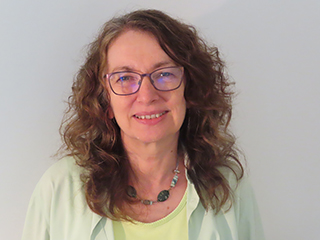
Revd Margot Hodson is theology and education director for the John Ray Initiative (JRI), an organisation connecting environment, science and Christianity. She is also a vicar in the Oxford diocese.
Margot and her husband Martin have published widely together on Christianity and the environment and have several books including…
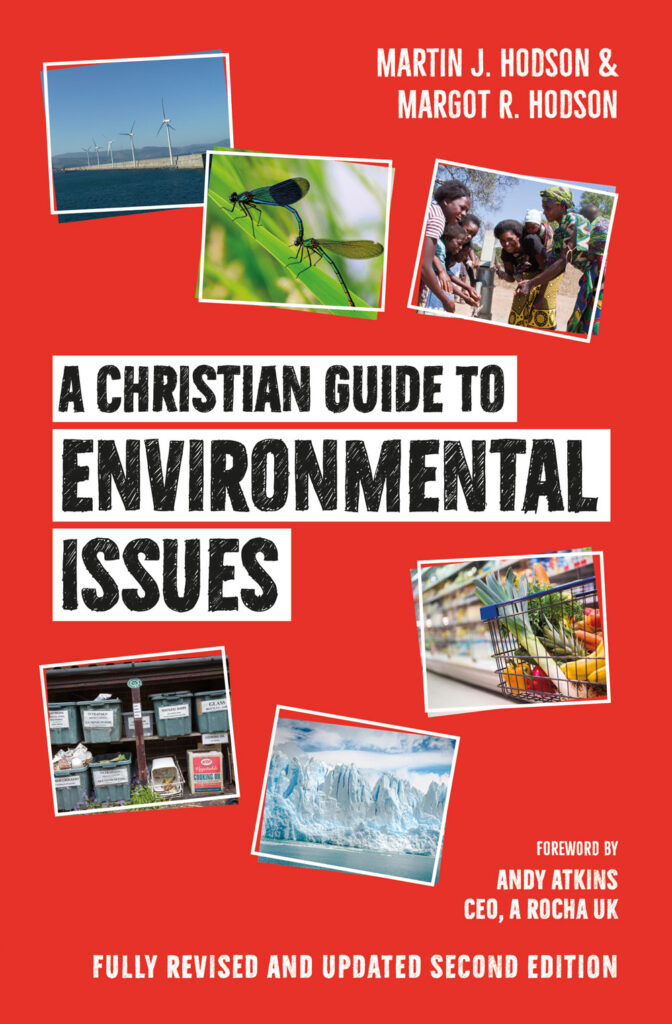
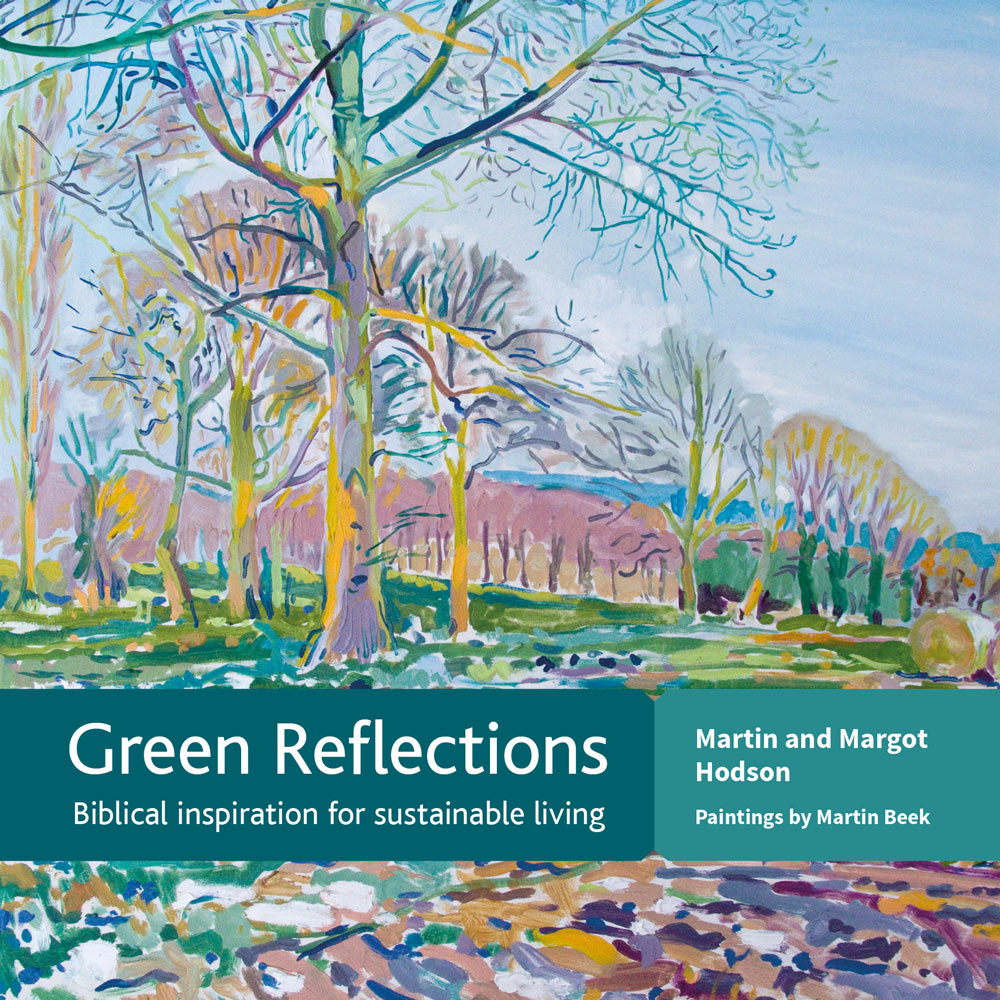
A Christian Guide to Environmental Issues
In this extensively updated edition, Martin and Margot Hodson give the biblical basis for looking after the environment, helping to integrate environmental thinking into the reader’s understanding of Christian faith.
Green Reflections
Martin and Margot Hodson bring together scientific and theological wisdom to offer 62 reflections inspired by passages from the Bible.
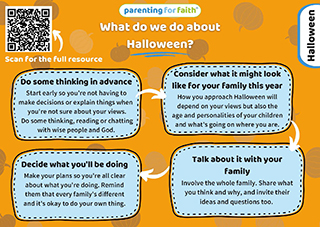
With Halloween coming up, you might be starting to think about how to approach this season with your family this year. The Parenting for Faith team has four simple steps on a handy postcard to help you decide. Remember every family is different, so it’s okay to do your own thing!

Our fabulous new range of Christmas Cards for 2022 is now available to order online, along with gift wrap and everyday cards.
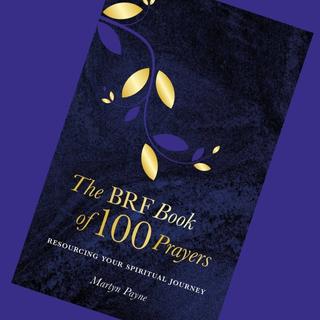
Listen to BRF’s prayer advocate Martyn Payne talk about the ways in which this new collection of prayers can help to resource your spiritual journey.
